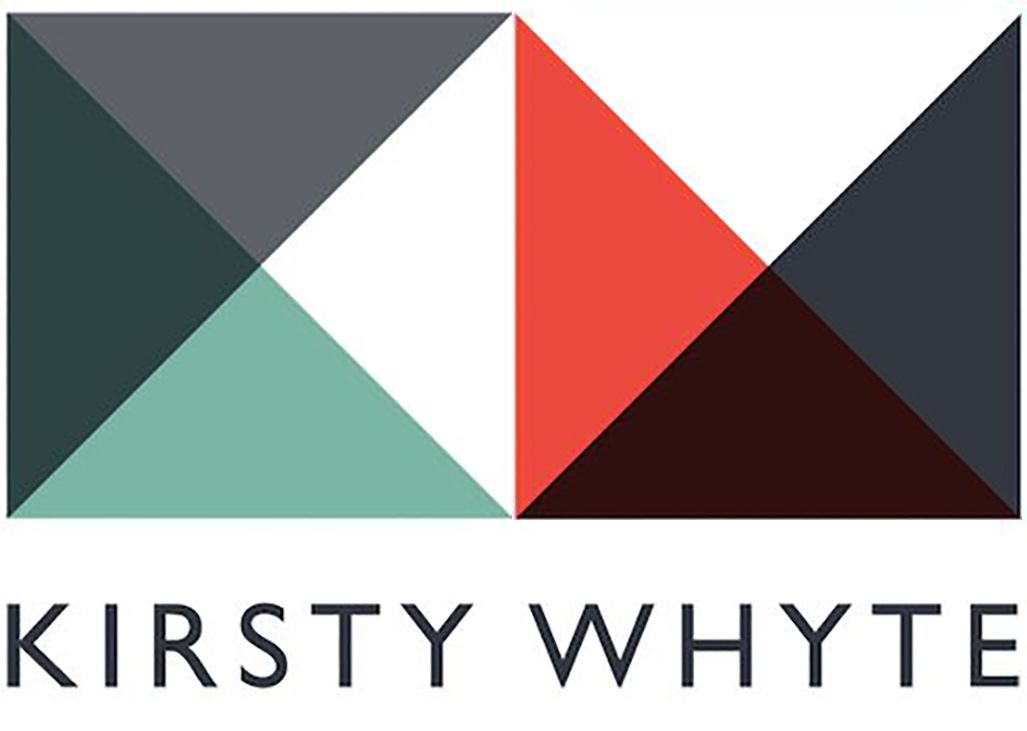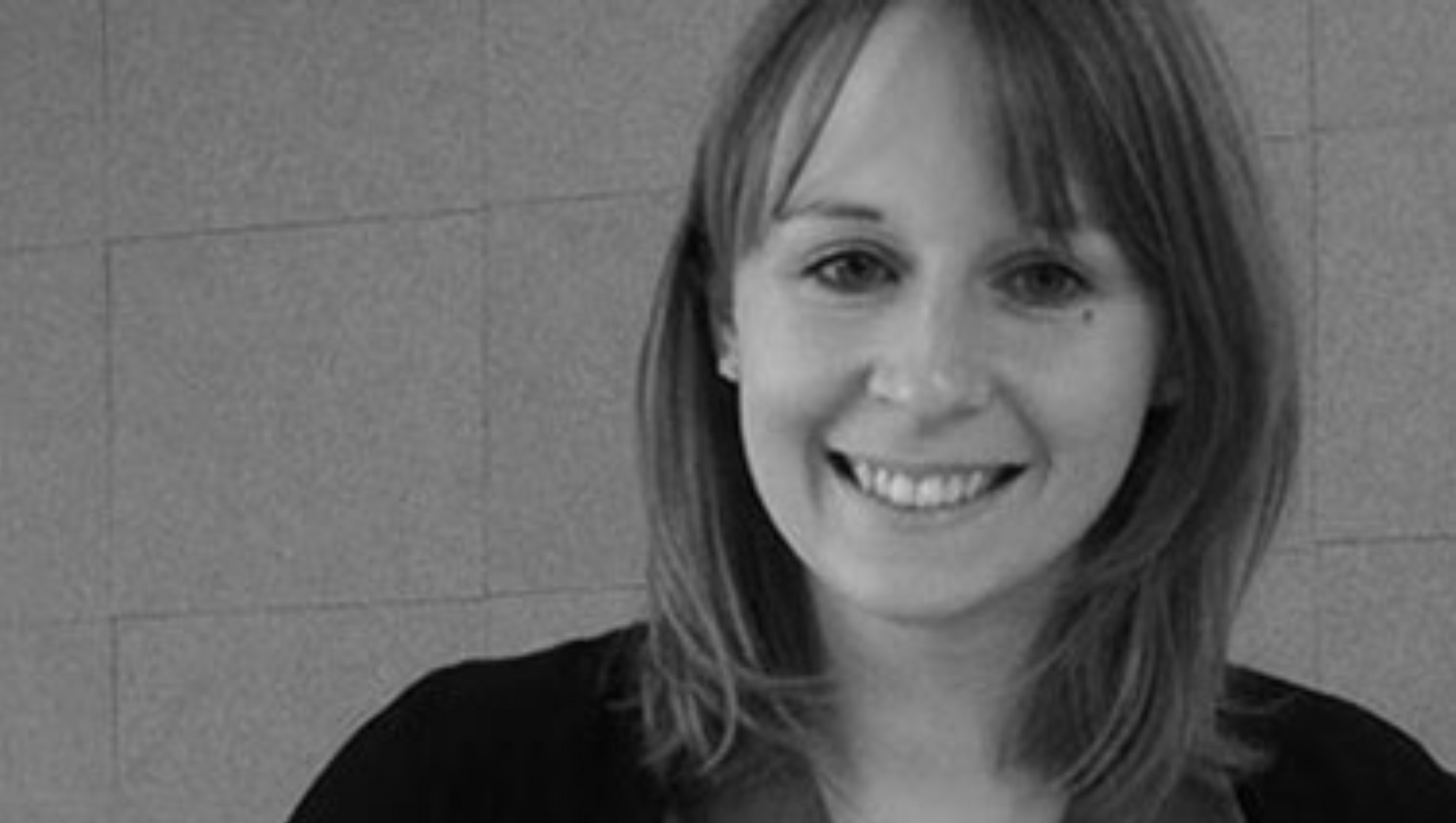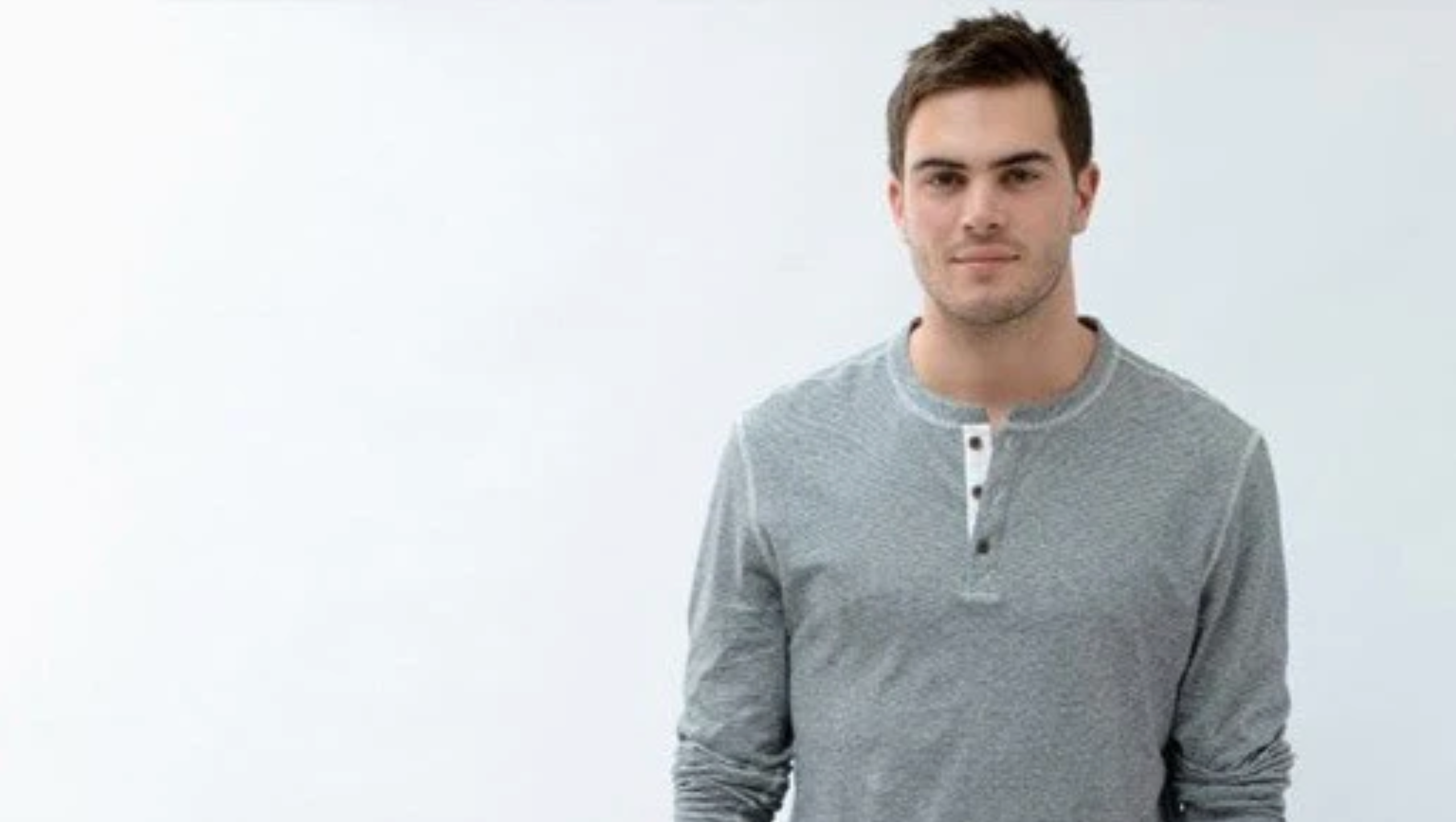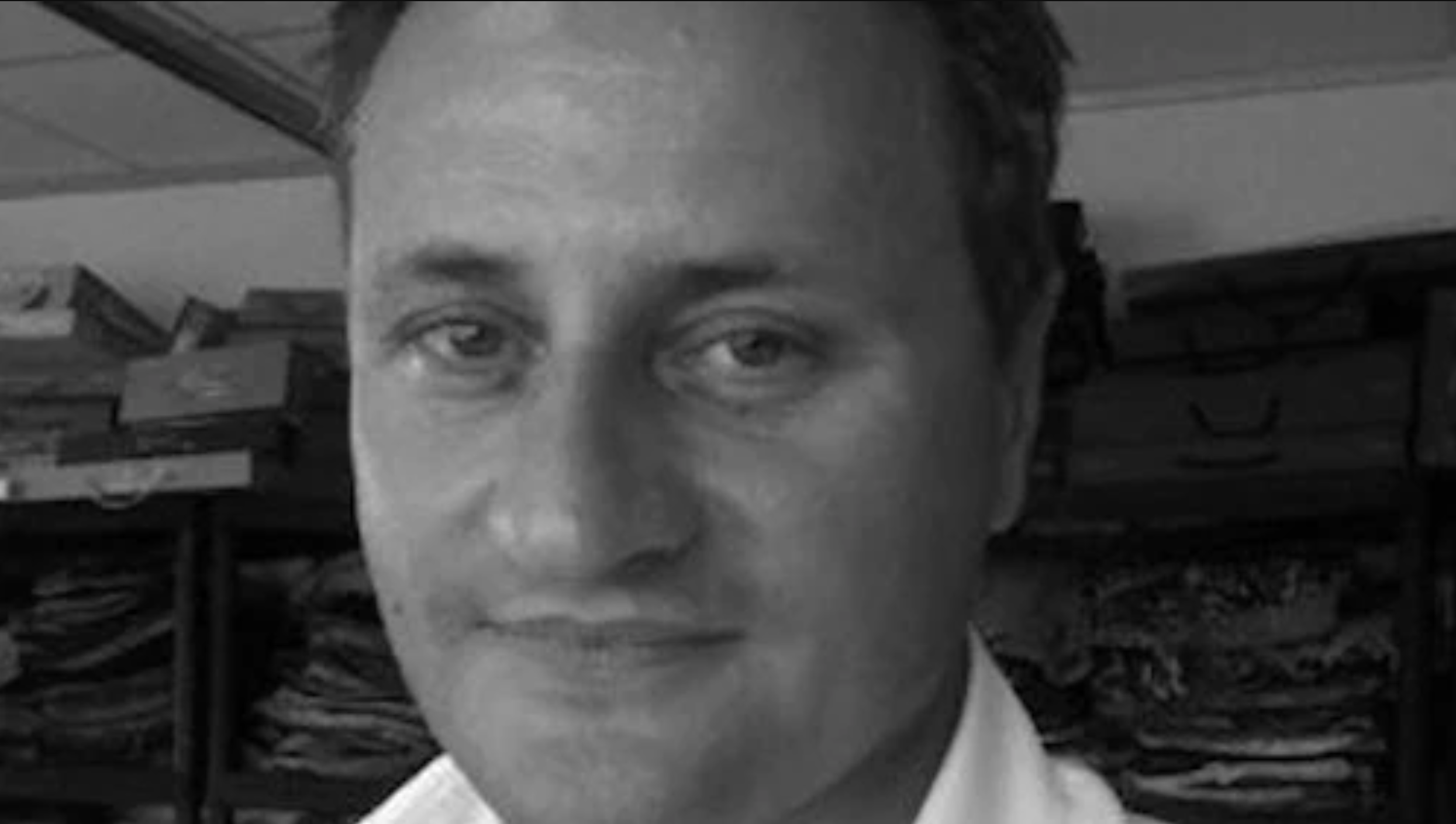I met Lisa via the partnership between M&S and ERCOL and we have worked together on a number of projects. She recently won the converted DESIGN GUILD MARK for the SVELTO, which will go on to become another design classic within the ERCOL range.
If they were to make a toy action figure of you, what would your accessory be?
I think I'd come as part of a toy dairy farm, complete with Wellington boots, and accessorised with a cup of green tea, and a notebook with a mechanical pencil.
To what degree have you actually controlled the course your design life has taken?
Of course it's impossible to control the course of any aspect of your life, but I think I took steps to increase my chances of getting my foot on the ladder to a career in design.
I chose a degree course which included a year in industry. This was the most valuable year of my degree. I learnt so much from being in studios, working on real products, producing presentations, for real retailers and getting real responses.
Then, once I finished my degree I didn't wait for my ideal job to present itself; I wrote to several companies who I'd love to work for expressing my interest. Ercol kept my CV on file, and almost 2 years later, whilst I was working as a lighting designer for a high street supplier, Ercol got back in touch inviting me to come for an interview.
Once you are working for a company of course you surrender some control of your design life to them; they set your briefs, and you must work with the companies manufacturing strengths and heritage in mind. The challenge, and what I really enjoy is to add your own stamp, and keep the ideas fresh and moving forward.
What’s something you know you do differently than most people?
I like chocolate best when it melts easily on your fingers. But I like cheese to be cold from the fridge. I'm told that's the wrong way around.
Design-wise I like to imagine the type of home the range I'm working on is destined to end up in, rather than focusing solely on the individual products, particularly during that daydreamy early sketching stage.
I also believe the best designs come from a collaborative approach. I don't presume to know the best way to make everything I design. The craftspeople around me at Ercol have a vast many more years of combined furniture making experience and if I have what I consider to be good idea I'll seek their advice. Often there is a fairly straightforward solution- although sometimes it takes a little head scratching and a few good nights sleep for the best solution to become apparent. But there is always a way, and this collaboration allows us to keep pushing ahead with new ideas.
What product or event inspired you to be a designer/work in the design industry?
No one event; my childhood influences led me that way I suppose.
My father works on a lathe, my aunt and uncle are upholsterers, my fathers father made walking sticks and most of the furniture in his home. I was surrounded by production and creativity on one side of the family. And I spent weekends and evenings with my brother and cousins on my mothers side of the family, on their dairy farm, building dens, tree platforms, sledges, dry stone walls and damming up streams. We had a lot of opportunity to experiment and build things.
I wanted to find a career that incorporated my childhood love of sketching; I used to say I wanted to be a draw-er, not an artist which eventually led me to study design.
I remember my first A-level product design brief- a Memphis inspired piece of flat pack furniture. It was a perfect introduction to furniture; freedom to experiment with form, colour, and pattern with the challenge of engineering a method of putting the product together. I guess from then I was hooked.
If you could go back in time and become the designer of any existing item, what would you choose?
There's so many products out there that I'm envious of, products I'd love to have been involved in.
Off the top of my head, one of these is the String system by Nisse Strinning. To come up with something that is so functional, customisable, and expandable, that can be adapted to work in so many different applications and environments, and that still manages to look good in every one of them - that's the dream.
If they were to make a toy action figure of you, what would your accessory be?
I think I'd come as part of a toy dairy farm, complete with Wellington boots, and accessorised with a cup of green tea, and a notebook with a mechanical pencil.
To what degree have you actually controlled the course your design life has taken?
Of course it's impossible to control the course of any aspect of your life, but I think I took steps to increase my chances of getting my foot on the ladder to a career in design.
I chose a degree course which included a year in industry. This was the most valuable year of my degree. I learnt so much from being in studios, working on real products, producing presentations, for real retailers and getting real responses.
Then, once I finished my degree I didn't wait for my ideal job to present itself; I wrote to several companies who I'd love to work for expressing my interest. Ercol kept my CV on file, and almost 2 years later, whilst I was working as a lighting designer for a high street supplier, Ercol got back in touch inviting me to come for an interview.
Once you are working for a company of course you surrender some control of your design life to them; they set your briefs, and you must work with the companies manufacturing strengths and heritage in mind. The challenge, and what I really enjoy is to add your own stamp, and keep the ideas fresh and moving forward.
What’s something you know you do differently than most people?
I like chocolate best when it melts easily on your fingers. But I like cheese to be cold from the fridge. I'm told that's the wrong way around.
Design-wise I like to imagine the type of home the range I'm working on is destined to end up in, rather than focusing solely on the individual products, particularly during that daydreamy early sketching stage.
I also believe the best designs come from a collaborative approach. I don't presume to know the best way to make everything I design. The craftspeople around me at Ercol have a vast many more years of combined furniture making experience and if I have what I consider to be good idea I'll seek their advice. Often there is a fairly straightforward solution- although sometimes it takes a little head scratching and a few good nights sleep for the best solution to become apparent. But there is always a way, and this collaboration allows us to keep pushing ahead with new ideas.
What product or event inspired you to be a designer/work in the design industry?
No one event; my childhood influences led me that way I suppose.
My father works on a lathe, my aunt and uncle are upholsterers, my fathers father made walking sticks and most of the furniture in his home. I was surrounded by production and creativity on one side of the family. And I spent weekends and evenings with my brother and cousins on my mothers side of the family, on their dairy farm, building dens, tree platforms, sledges, dry stone walls and damming up streams. We had a lot of opportunity to experiment and build things.
I wanted to find a career that incorporated my childhood love of sketching; I used to say I wanted to be a draw-er, not an artist which eventually led me to study design.
I remember my first A-level product design brief- a Memphis inspired piece of flat pack furniture. It was a perfect introduction to furniture; freedom to experiment with form, colour, and pattern with the challenge of engineering a method of putting the product together. I guess from then I was hooked.
If you could go back in time and become the designer of any existing item, what would you choose?
There's so many products out there that I'm envious of, products I'd love to have been involved in.
Off the top of my head, one of these is the String system by Nisse Strinning. To come up with something that is so functional, customisable, and expandable, that can be adapted to work in so many different applications and environments, and that still manages to look good in every one of them - that's the dream.



